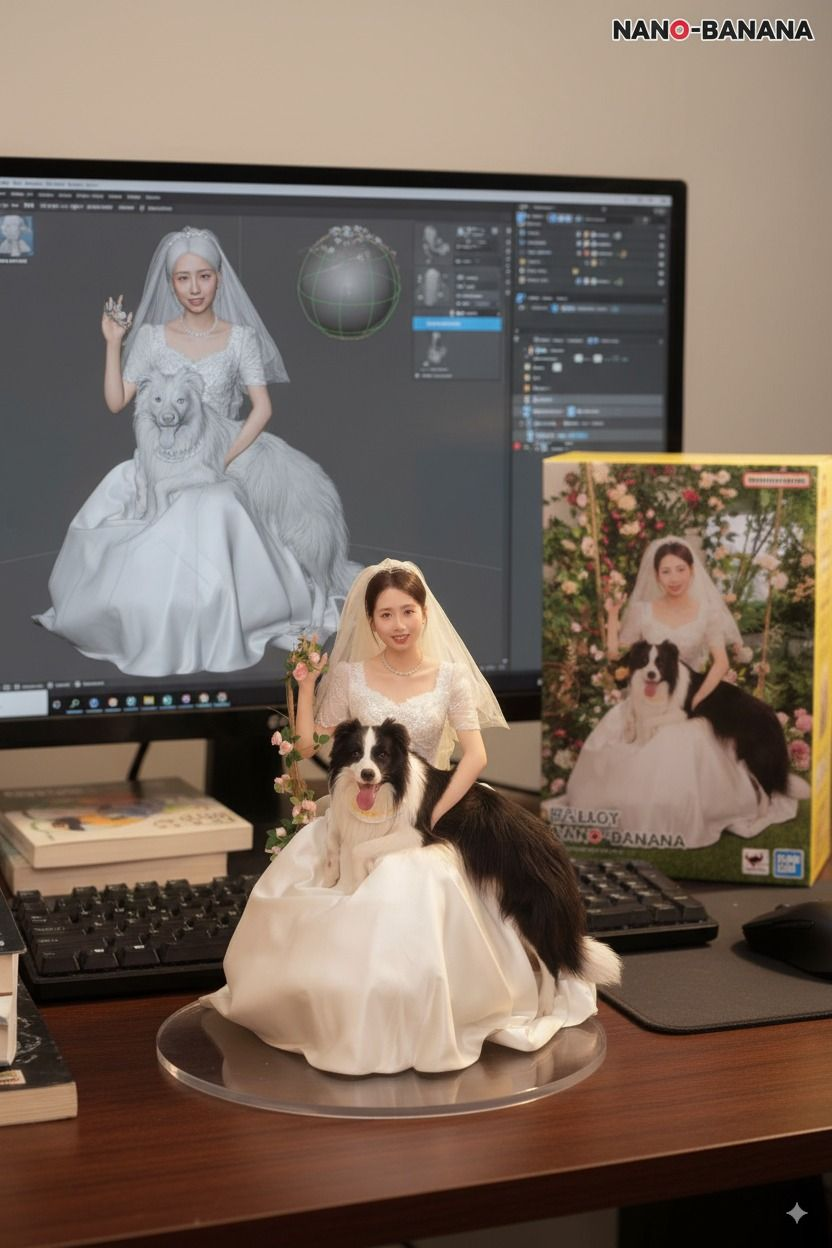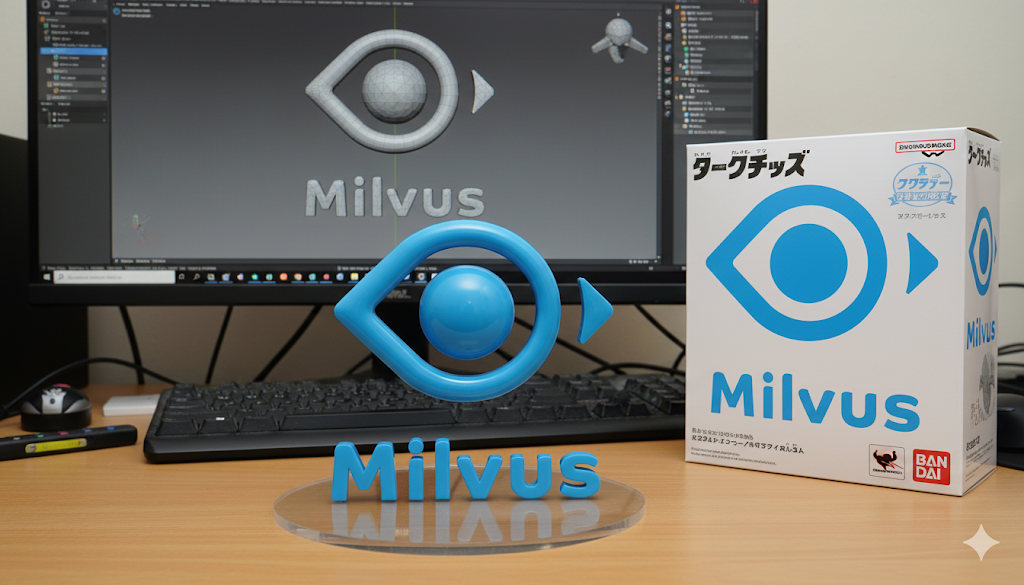Nano Banana, Google’s codename for Gemini 2.5 Flash Image, sets itself apart from other AI image editors through its focus on consistency and likeness preservation. When editing people, pets, or branded objects, the model is designed to keep subjects looking recognizably the same across multiple edits. For example, if you try on different hairstyles or change outfits, the edited results still resemble you closely, rather than generating “almost right” versions. This level of control is especially important for anyone working with personal photos or marketing assets, where small inaccuracies can make an image unusable.
Another key difference is Nano Banana’s integration into the Gemini ecosystem. While tools like MidJourney primarily focus on text-to-image generation and ChatGPT’s image editing is still limited to basic inpainting, Nano Banana supports multi-turn editing, style transfer, and blending multiple images together. You can start with a simple edit, then refine it step by step: repainting walls, adding furniture, and finally adjusting lighting. You can also merge separate photos — like combining a portrait of yourself with a photo of your pet — into a single, coherent scene. This iterative, conversational workflow makes it easier to produce controlled edits compared to single-shot generation tools.
Finally, Google’s approach emphasizes trust and transparency. Every image edited with Nano Banana includes both a visible watermark and an invisible SynthID digital watermark, which ensures AI-generated content is clearly marked. In terms of accessibility, the tool is available directly in the Gemini app for casual users and through the Gemini API for developers who want to build image editing features into their own apps. MidJourney requires Discord-based prompts, and ChatGPT’s editing tools are currently narrower in scope. Taken together, Nano Banana differentiates itself by combining consumer-friendly app access, developer APIs, and strong controls for consistency, making it practical for both everyday users and professional workflows.
Many users are using creative prompts to generate amazing artworks. For example, below is a popular prompt for 3D images generation:
“Use the Nano Banana model to create a 1/7 scale commercialized figure of the character in the illustration, in a realistic style and environment. Place the figure on a computer desk, using a circular transparent acrylic base without any text. On the computer screen, display the ZBrush modeling process of the figure. Next to the screen, place a Bandai-style toy packaging box printed with the original artwork.”
The results are like this:


Production use cases
Teams are already applying Nano Banana in production. A mobile entertainment platform is testing avatar dress-up features where players upload photos and instantly try on in-game accessories. E-commerce brands are using a “shoot once, reuse forever” approach, capturing a single base model image and generating outfit or hairstyle variations instead of running multiple studio shoots.
To make this work at scale, generation needs retrieval. Without it, the model can’t reliably find the right outfits or props from huge media libraries. That’s why many companies pair Nano Banana with Milvus, an open-source vector database that can search billions of images and embeddings. Together, they form a practical multimodal RAG pipeline—search first, then generate.
👉 Read the full tutorial on Nano Banana + Milvus